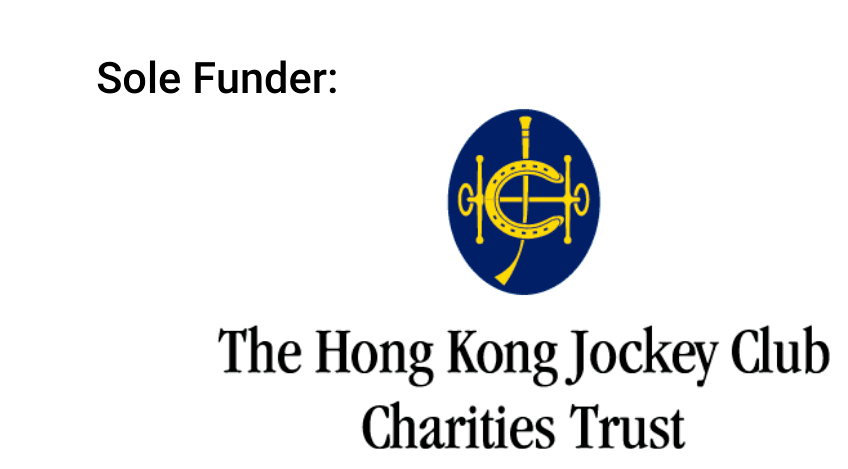Recap of the 3rd day of AFHC – Morning Session
The 9th AFHC has come to the third and final day. WHO experts started the day by sharing their recommendations themed Risk Communications in Emergencies.
Ms Eloise Adsett, Consultant, WHO spoke on “Communication for Health in the WHO Western Pacific Region”. She said WHO is responding to the current and emerging health threats with C4H approach and using greater use of strategic communication. C4H are communications principles and processes that inform and change attitudes and behaviours for defined public health outcomes at the individual, community, societal levels. To make WHO Western Pacific Region the healthiest and safest region, digital and social media, public relations and engagement of key opinion leaders and many more can be adopted as communication channels and tools.
Another WHO expert Dr. Ljubica Latinovic, Risk Communication, Health Emergency Programme, WHO Regional Office for the Western Pacific went on to elaborate Risk Communications. She recommended some of the C4H principles include real-time exchange of information, experts and authorities to listen to and address people’s concerns and needs among others. Also, the whole of the government must play a role. When it comes to risk communication building blocks, do’s list includes “be first, be fast and frequent in communication to the public”, “be transparent and honest”, “communicate even in face of uncertainty”, “speech of one voice”, “listen and respond to concerns”, and “show empathy, solidarity, and understanding”.
Today’s morning session also features presentation by local health minister. Professor Sophia CHAN Siu-chee, JP, Secretary for Food and Health Bureau of the Hong Kong SAR spoke on a timely and current theme “Engaging the Community in Combating COVID-19: Using COVID-19 Vaccination and District Health centres as examples”. District Health Centres in Hong Kong are to enhance district-based primary healthcare services. To promote primary care will ensure a sustainable public healthcare system while correcting the overdependence and burden on the secondary and tertiary healthcare.



